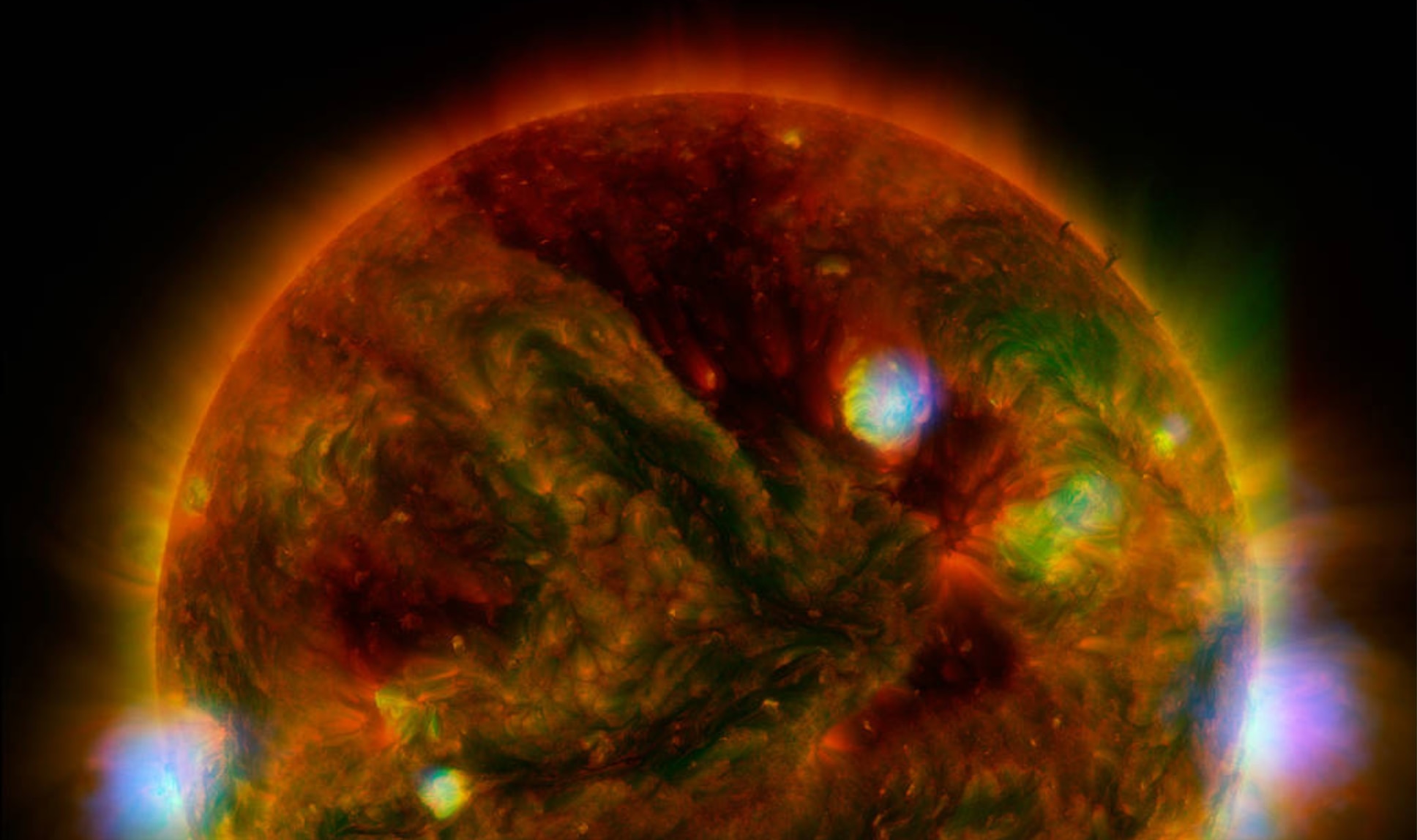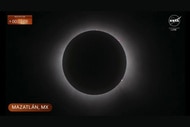Create a free profile to get unlimited access to exclusive videos, sweepstakes, and more!
The sun is vomiting globs of star stuff 500 times the size of our planet

Ever been mesmerized by a lava lamp? How about a ginormous ball of fire acting like one?
Solar winds raging with hot charged particles often blow into space, but plasma beneath the solar wind keeps heating up. This hotter and denser plasma is then in the form of huge amoebic blobs (even astronomers call them blobs) that could potentially swallow a planet going the wrong way. New observations are now telling us not only how often the sun vomits one of these flaming masses, but how they evolve en route to Earth.
Astronomers have known about this strange phenomenon since the early 2000s — also the last time lava lamps were cool — but they have still remained something of a mystery until now. The blobs were previously observable only by Earthbound satellites that are unable to track how they change (much like the goo in a lava lamp constantly changes form) as they float through space. That might sound zen enough, but these are highly temperamental solar storms.
"Even when it's a quiet space weather day, in terms of explosive solar storms, there's this base level of weather always happening on the sun," research astrophysicist Nicholeen Viall of NASA’s Goddard Space Flight Center told LiveScience. "And those little dynamics are driving dynamics on Earth, too."
After 4 days and 93 million miles, this plasmatic ooze reaches the vicinity of Earth. Viall and her colleagues were recently able to observe what these things actually look like when they first leave the sun. Already 50 to 500 times the size of Earth and denser than solar wind, with twice the charged particles, they keep growing like something out of a cosmic monster movie as they travel through space. They can compress our magnetic field and interfere with communications signals as they creep by.
By studying data from solar probes Helios 1 and Helios 2, which were launched by NASA and the German Aerospace Center in the ‘70s and made their closest solar approach at 27 million miles, Viall and her colleagues were able to find data patterns that told them more about the blobs. A pattern that showed bursts of dense, superhot plasma with cooler stretches of time in between revealed that the sun ejects a blob around every 90 minutes.
This was also the first evidence from space that blobs are also much hotter and denser than ordinary solar wind. Not that solar wind is exactly a summer breeze, but it is in comparison.
So why do these things even exist? Viall believes they must be born from the plasma blasts that create solar storms. When the sun’s magnetic field lines get tangled and broken before coming back together, it will throw up huge gobs of plasma. NASA’s Parker Solar Probe should soon be able to observe them right after they emerge when it reaches a distance of 4 million miles from the sun, much closer than either of the Helios probes ever approached.
Will what the Parker probe sees be cooler than a lava lamp? Hotter, definitely.
(via LiveScience)












